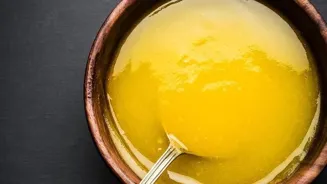Unveiling the Golden Goodness of Ghee: A Culinary Tradition Worth Rediscovering. Explore its Benefits and Versatile Uses!
For generations, Indian households have sworn by ghee, also fondly known as clarified
butter. It's more than just an ingredient; it's a culinary tradition, a flavor enhancer, and a health booster. But in a world swayed by fleeting food trends, ghee has often been misunderstood.

Let's rediscover the golden goodness of ghee and understand why it truly deserves a place in your kitchen.
Ghee: versatile, healthy, high smoke point for Indian cooking
Ghee is essentially butter where milk solids and impurities have been removed, leaving behind pure butterfat.
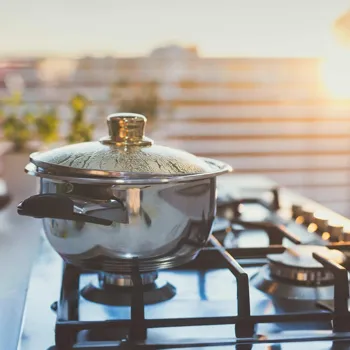
This process gives it a distinct nutty flavor and a high smoke point, making it ideal for Indian cooking techniques like tempering (tadka) and deep-frying, although we'll be focusing on healthier uses here.
Unlike some cooking oils, ghee doesn't break down easily at high temperatures, which means it doesn't release harmful free radicals that can be detrimental to your health. This stability makes it a safer and healthier option for everyday cooking compared to refined oils.
Think of ghee as your kitchen's versatile workhorse, ready to lend its flavor and health benefits to all your vegetarian dishes.
Ghee offers rich fat-soluble vitamins and CLA for health benefits
One of the biggest advantages of ghee lies in its nutritional profile. It's rich in fat-soluble vitamins like A, D, E, and K. These vitamins are crucial for various bodily functions, from maintaining healthy vision (vitamin A) to supporting bone health (vitamin D).
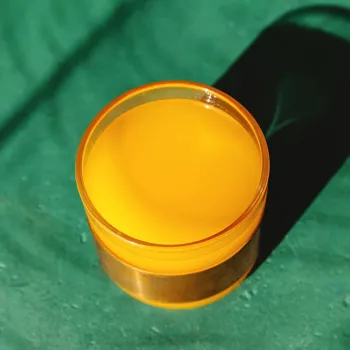
Vitamin E acts as an antioxidant, protecting your cells from damage, while vitamin K is essential for blood clotting. Ghee also contains conjugated linoleic acid (CLA), a fatty acid that has been linked to numerous health benefits, including improved metabolism and immune function.
While ghee is indeed a fat, it's important to remember that not all fats are created equal. The medium-chain fatty acids in ghee are easily digested and used for energy by the body, unlike some longer-chain fatty acids found in other oils.
It's all about choosing the right kind of fat and using it in moderation.
Ghee benefits digestion and nutrient absorption in Ayurveda
Moving beyond just vitamins, ghee has also been touted for its digestive benefits in Ayurveda, the ancient Indian system of medicine. It is believed to stimulate digestive enzymes, helping to break down food more efficiently and promoting better nutrient absorption, which helps for healthy living.
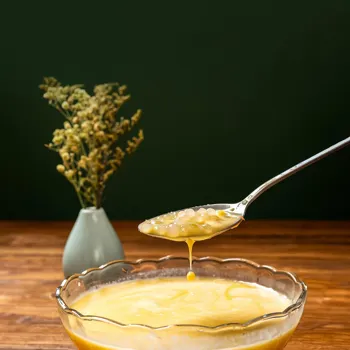
A well-lubricated digestive tract is a happy digestive tract, and ghee contributes to doing just that! Its slightly laxative nature can also aid in relieving constipation, making it a gentle and natural remedy for digestive woes.
For those who struggle with lactose intolerance, ghee might prove to be a boon. The clarification process removes most of the lactose and casein found in butter, making it a more easily digestible option for many.
Incorporate ghee for elevated flavors in daily cooking
Now, let's talk about the practical ways you can incorporate ghee into your daily cooking. Ditch your regular oil for tempering dals and vegetables. The rich aroma and nutty flavor of ghee will elevate your dishes to a whole new level.
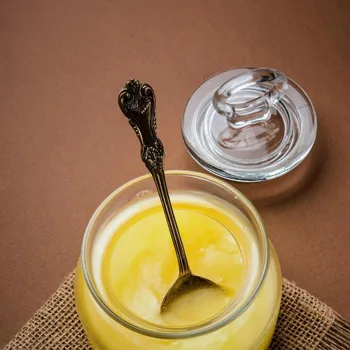
A simple tadka of ghee with cumin seeds, mustard seeds, and asafoetida (hing) can transform an ordinary dal into a culinary masterpiece. When roasting vegetables, toss them with a drizzle of ghee, salt, and pepper for a caramelized and flavorful treat.
The high smoke point of ghee makes it perfect for roasting at high temperatures without burning. You can also use it to sauté spinach, mushrooms, or other leafy greens for a healthy and delicious side dish.
Ghee adds richness to dishes and nourishes skin naturally
Ghee isn't just for savory dishes; it can also be used in sweets for a traditional, authentic flavor. Use it instead of butter in baking to add a unique richness to your cookies, cakes, and breads.
A dollop of ghee can also elevate the taste of your favorite Indian sweets like ladoos and halwa, adding a depth of flavor that's hard to resist. Beyond cooking, ghee can also be used externally.
Many swear by its moisturizing properties, using it as a lip balm or a skin moisturizer, especially during the dry winter months. Its nourishing qualities can leave your skin feeling soft and supple, making it a natural and chemical-free alternative to commercial moisturizers.
Choose organic, grass-fed ghee for rich flavor and nutrients
When selecting ghee, opt for organic and grass-fed varieties whenever possible. These are made from the milk of cows that are fed on grass, resulting in a ghee that's richer in nutrients and flavor. Look for ghee that is golden in color and has a pleasant, nutty aroma.

Avoid ghee that is heavily processed or contains additives. Remember, a little goes a long way. Ghee is rich and flavorful, so you don't need to use a lot to enjoy its benefits. Start by substituting it for your regular oil in small amounts and gradually increase as you get used to the taste.
Embrace ghee as a part of a balanced and healthy diet. It's not a magic bullet, but when used in moderation and as part of a healthy lifestyle, it can add a touch of flavor, tradition, and well-being to your life. So, why not give ghee a try?
You might just discover a new favorite cooking ingredient!
AI Generated Content. Glance/InMobi shall have no liability for the content